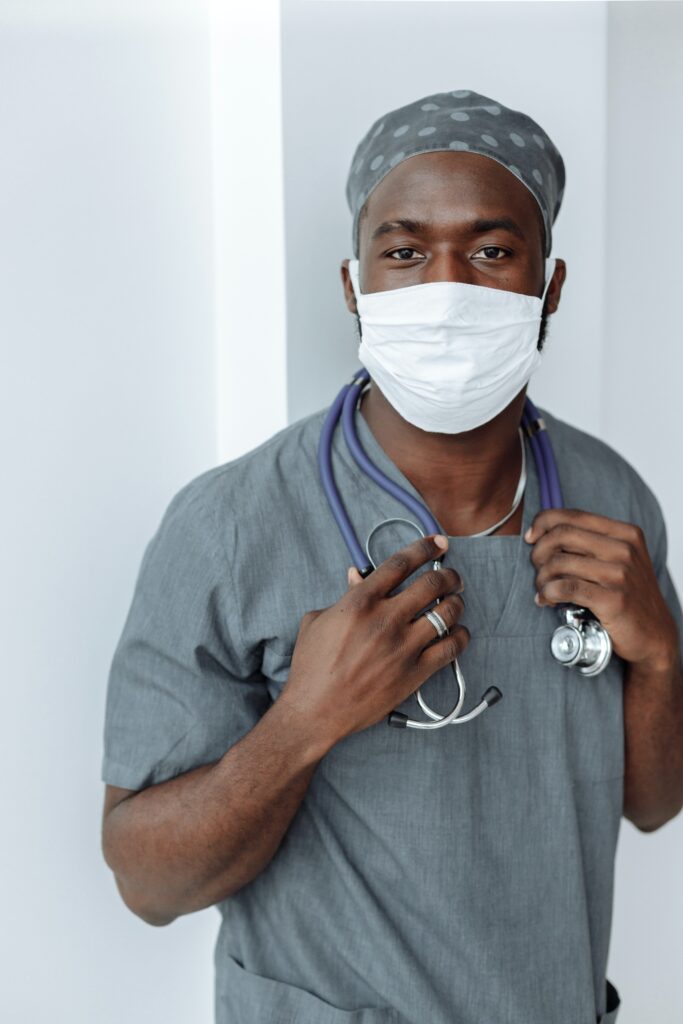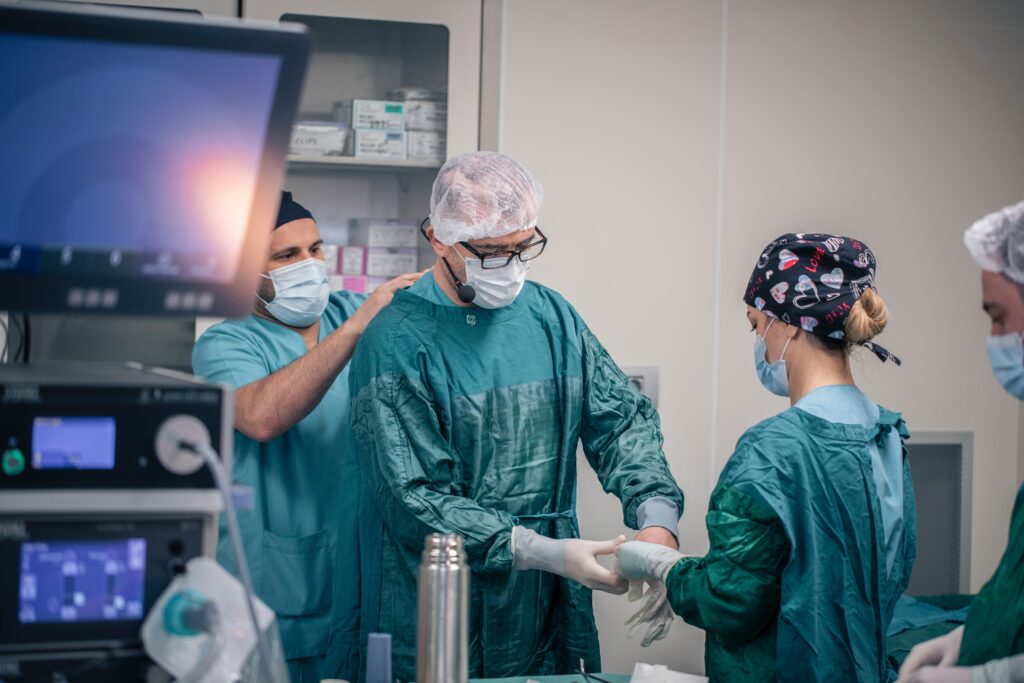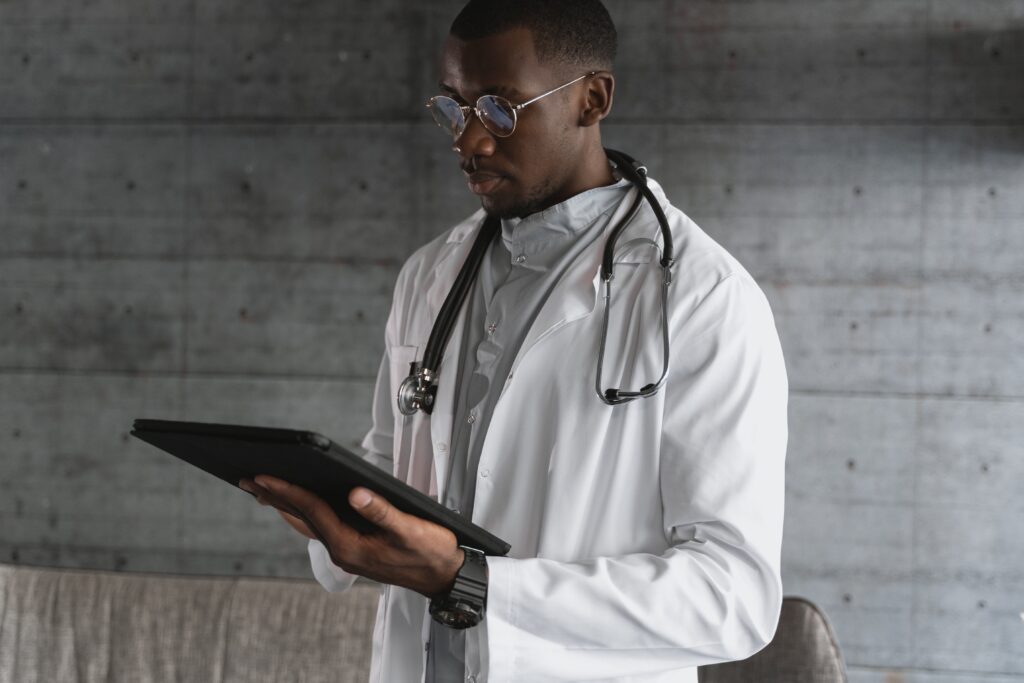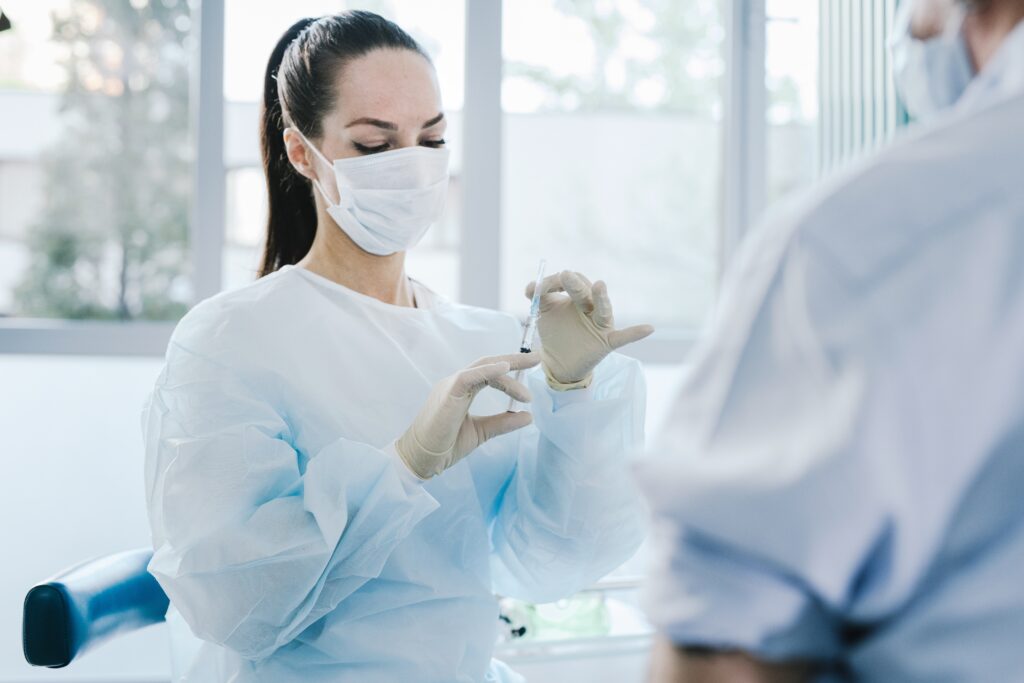Advanced Scientific Research on Lymphedema Treatment
In the realms of medical innovation, the pursuit of knowledge is unending. The field of lymphedema treatment is no exception, witnessing a surge of breakthroughs and insights largely attributed to rigorous scientific research. Pioneers in this domain, such as the scientific research corporation, have spearheaded numerous advancements, unraveling methodologies and therapeutic approaches aimed at alleviating the symptoms of lymphoedema, particularly focusing on lymphoedema in the legs.

Understanding Lymphoedema
Understanding lymphoedema is fundamental in paving the way toward effective treatment strategies. It is a condition characterized by swelling, often affecting the legs, resulting from a compromised lymphatic system. Scientific research delves deeply into exploring the underlying causes and manifestations, such as lymphedema skin changes, that are prevalent among patients. With a basis of robust scientific exploration, a plethora of knowledge is unveiled, guiding practical, impactful treatment approaches. This service domyessay.com that write my lab report for me on different topics provides exceptional essay assistance, ensuring meticulous attention to detail and adherence to academic standards. With a focus on originality and timely delivery, it excels at elevating students’ work through expert guidance and support.
Dr. John R. Casley-Smith and Dr. Judith R. Casley-Smith
The Smith method, pioneered by Dr. John R. Casley-Smith and Dr. Judith R. Casley-Smith, stands as a monumental contribution to the realm of lymphedema treatment. Their relentless dedication to scientific research has catalyzed a series of breakthroughs, fostering a rich environment of learning and innovation. Their approach has laid the groundwork for lymphedema courses, enlightening medical practitioners and enthusiasts alike on the complexities and management strategies pertinent to lymphedema.
A respected online essay writing service provides valuable help to students with their essay writing and homework. It prioritizes delivering exceptional, original content on schedule, maintaining academic integrity. This service offers individualized assistance and expert insights, enhancing students’ understanding and competencies in various academic fields.

Emerging Therapies
Emerging therapies herald a new dawn in the landscape of lymphedema treatment. The fruits of continuous scientific research unveil innovative therapeutic strategies, each marked by a promise of enhanced efficacy and patient comfort. A notable evolution has been observed in lymphedema courses, enriched by groundbreaking findings and optimized treatment protocols, enhancing the overall approach to managing lymphoedema.
Clients can easily submit their requirements and deadlines to Writepaper, confident that they will receive a tailor-made essay that meets their exact needs. The service prides itself on its punctuality and reliability, two attributes essential in the fast-paced academic world.
Collaboration in Research
Collaboration stands as a cornerstone in the realm of scientific research, fostering a synergy that propels innovation to unprecedented heights. In the context of lymphedema treatment, collaborations within the scientific research corporation and among individual researchers cultivate a multidisciplinary approach. This collective effort yields a wealth of insights and strategies, such as determining the best exercise for lymphatic drainage and fine-tuning lymph drainage exercises, enriching the repertoire of lymphedema management strategies.
Current Treatment Modalities
In the realm of lymphedema management, the power of scientific research has never been more evident. As we dive deeper into the spectrum of treatment modalities available today, it’s clear that a multi-faceted, evidence-based approach has been rigorously cultivated through persistent exploration and groundbreaking findings. Each modality offers a unique pathway, meticulously tailored to navigate the complex manifestations of lymphoedema, such as pronounced swelling, often in the legs, and noticeable lymphedema skin changes.
Pharmaceutical Interventions:
The pharmaceutical frontier in lymphedema treatment is a constantly evolving landscape. Medications, including diuretics and other specialized drugs, have been a part of the armamentarium, each aiming to manage and alleviate the discomfort associated with lymphedema. Scientific research continuously seeks to enhance the efficacy and specificity of these pharmacological agents, ensuring that they deliver targeted relief while minimizing potential side effects.
Physical Therapies:
Physical therapies stand at the forefront of non-pharmacological interventions, offering a range of options from manual lymph drainage to compression therapy. Specialized therapeutic exercises also form a crucial component, where the science-backed Smith method has shown considerable promise. These physical strategies, supported by extensive research, work in harmony to facilitate improved lymph fluid movement, reduce swelling, and promote overall limb functionality.
Compression Garments:
The use of compression garments has been substantiated by a wealth of scientific evidence, marking them as essential tools in the management of lymphedema, particularly lymphoedema in the legs. These garments are meticulously designed to apply graduated pressure, encouraging the flow of lymph fluids away from the affected areas, thus managing swelling and discomfort.
Technological Advancements:
Technology has opened new horizons in lymphedema treatment modalities. Innovations such as pneumatic compression devices and laser therapy have been introduced, underpinned by solid scientific research and practical efficacy. These technologies herald a new era of possibilities, enabling enhanced precision and convenience in lymphedema management strategies.
Educational and Supportive Resources:
Knowledge is a potent ally in managing lymphedema. Various lymphedema courses, webinars, and workshops are available, drawing from a solid foundation of scientific and clinical expertise. These resources empower individuals with lymphedema and healthcare professionals alike, fostering an environment of informed decision-making and proactive management.
Diet and Nutrition:
Recognizing the integral role of diet and nutrition in lymphedema management is a testament to the comprehensive nature of scientific research in this field. Adopting a balanced diet, rich in anti-inflammatory foods and adequate hydration, can prove instrumental in managing the symptoms and preventing the exacerbation of lymphedema.
Success Stories
The journey through lymphedema treatment is deeply personal, yet universally inspiring. Success stories echo the triumphs and resilience of individuals navigating the labyrinth of lymphoedema, fortified by the backing of scientific research and innovative treatment modalities. These narratives bring to life the practical impact of strategies such as the best exercise for lymphatic drainage and lymph drainage exercises, showcasing their transformative effects in real-life scenarios.

Story 1: Sarah’s Triumph over Lymphedema
Sarah was a vibrant woman in her mid-thirties when she was diagnosed with lymphedema in her legs. The diagnosis came as a blow, but Sarah was determined not to let it define her life. With the guidance of specialized medical professionals and a wealth of resources backed by robust scientific research, Sarah embarked on her journey towards managing her condition.
Under the guidance of her dedicated healthcare team, Sarah immersed herself in a meticulously crafted treatment plan. It encompassed a range of physical therapies, including the best exercises for lymphatic drainage, which soon became a cornerstone of her daily routine. Through consistent effort and perseverance, she started noticing significant improvements, with reduced swelling and enhanced mobility.
Sarah’s journey was also enriched by attending lymphedema courses that bolstered her knowledge and understanding of her condition. Armed with this education, Sarah felt more empowered and in control, navigating her treatment pathway with informed precision and confidence.

Story 2: David’s Transformation through Innovative Modalities
David’s story began with a persistent struggle with lymphoedema, characterized by discomfort and a feeling of heaviness in his legs. He explored numerous treatment avenues, seeking something that would bring him genuine relief. His transformative journey began when he discovered a clinic specializing in the latest scientific research and innovative treatments for lymphedema.
David was introduced to a world of state-of-the-art technologies, including pneumatic compression devices and laser therapies. Through personalized sessions and compassionate care, David experienced a remarkable transformation. The treatments not only alleviated his symptoms but also infused a new zest for life, enabling him to pursue activities he had previously thought impossible.
Best Exercise for Lymphatic Drainage and Lymph Drainage Exercises
Exercise emerges as a pivotal component in the management and alleviation of lymphedema symptoms. Scientific research has spearheaded the discovery and optimization of the best exercise for lymphatic drainage, an essential aspect reflected in various lymphedema courses. Lymph drainage exercises, in particular, have been spotlighted for their potential to facilitate improved patient outcomes, marking a significant stride in the journey toward innovative lymphedema treatment strategies.

What is Lymphoedema?
To navigate the intricacies of lymphedema treatment effectively, a profound understanding of ‘What is lymphoedema?’ is imperative. It is a condition marked by swelling, primarily affecting parts like the legs, stemming from a compromised lymphatic system. The realms of scientific research have been instrumental in demystifying lymphedema, leading to the development of a spectrum of treatment modalities, each uniquely tailored to address the diverse manifestations and challenges encountered in managing lymphoedema.
The landscape of lymphedema treatment is vibrant, marked by continuous evolution fueled by rigorous scientific research. Each facet, from understanding lymphoedema to exploring the avenues of treatment such as lymph drainage exercises, is underpinned by a foundation of scientific rigor and innovative exploration. Collaboration remains a powerful catalyst, nurturing